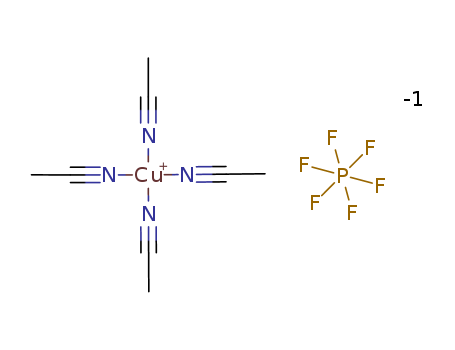10.1021/ja809396f
The research focuses on the synthesis and chiroptical properties of metal-bis(helicene) assemblies incorporating π-conjugated phosphole-azahelicene ligands. The study explores the impact of varying metal centers on the chiroptical properties of these assemblies. The experiments involve the synthesis of chiral metal-bis(helicene) complexes through stereoselective coordination of aza[6]helicenes bearing a phosphole moiety. The reactants include aza[6]helicene diyne 1, which is resolved into its enantiomers using HPLC, and then reacted with Cp2ZrCl2 and 2BuLi to yield the target aza[6]helicene phospholes 2a and 2b. These are further coordinated with Pd(CH3CN)4,2SbF6 or Cu(CH3CN)4,PF6 to form complexes 3 and 4, respectively. The analyses used in the study include 31P NMR, 1H NMR, 13C NMR, high-resolution mass spectrometry, elemental analysis, and UV-visible spectroscopy to characterize the compounds and complexes. Theoretical calculations using DFT/TD-DFT with the BP and BHLYP functionals were also performed to gain insight into the role of the PdII ion and to confirm the absolute configuration of the P centers in the assembly. The study demonstrates that the nature of the metal center profoundly affects the chiroptical properties of the assemblies, with the PdII complex showing a larger molar rotation and distinct CD spectra compared to the CuI complex.





